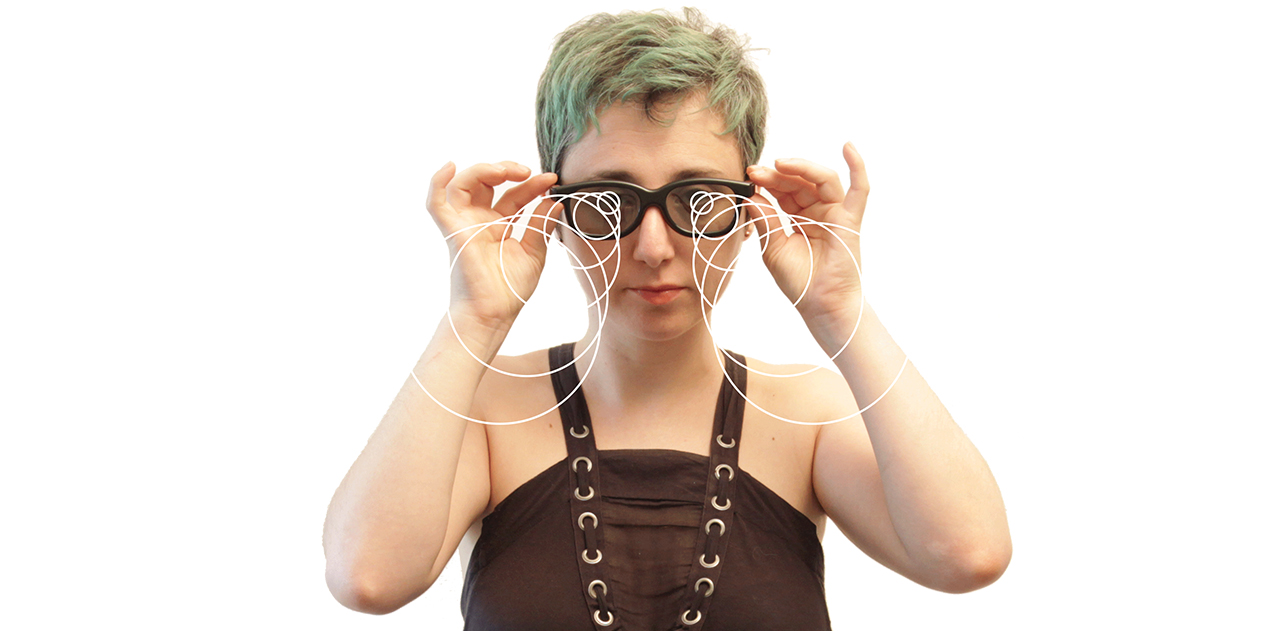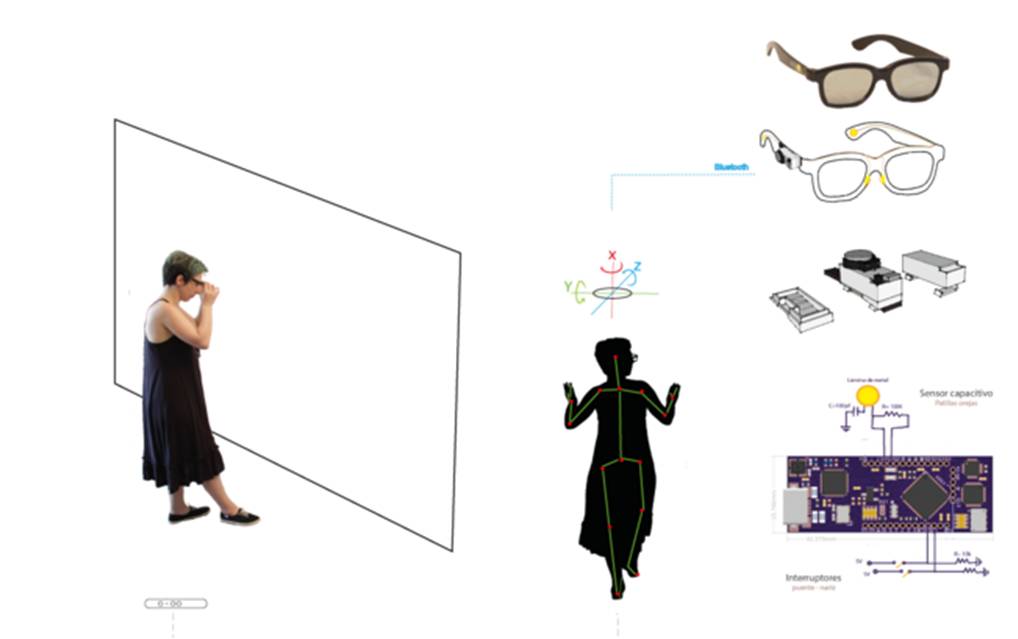The symbolic force of magical objects in human-computer interaction
The symbolic force of magical objects in human-computer interaction
That has led to the design of an interactive facility in which the user becomes a fictional character. Research by Carmen Platero, supervised by professors Narcís Parés and Ivan Pintor.
The idea arose from the search for new forms of communication in interactive fiction that enriches the user experience. “The research stems from the idea of creating magical objects, like the ruby shoes of the Wizard of Oz or the mirror of Alice in Wonderland”, explained Carmen Platero, principal investigator of the project. It was detected that kind of person-computer interaction that was carried out through similar objects was highly oriented at the handling of information and hypermedia narrative in which the information in a story is revealed in fragmented reading in video or audio clips.

This research, has analysed the magical objects from narratology, where they appear at key moments in stories, myths, tales and legends, and give the players the potential to undertake previously unimaginable actions; the research has also identified the symbolic force of these objects, so that they can help to understand and define the link between object and user when transposing them to human-computer interaction.
In the laboratory they have made everyday objects become real and tangible to enable transportation to a world of fiction in a virtual environment. At the same time “as they are everyday objects it is very simple to use them, moving away from complicated technological interfaces, such as virtual reality helmets or devices and interfaces that require prior learning for their use”, adds Platero.

The user is engaged in fiction through an interactive facility
In parallel, in the course of the research, an interactive mixed reality facility has been developed on which to practice and experiment with the objects.
For example, the image shows the object glasses with a device that allows following the head. To detect if the glasses are on or not a capacitive sensor is used on the temples, and switches on the frame above the nose. The position of the user is detected with a Kinect Sensor. In this way it is possible to know where the user is looking when wearing the glasses.
In this experience, the user is the fictional character and everyday objects are almost the only link for interaction, discovering in the course of the experience magical, poetic uses that encourage the user to get involved in the story and advance in the action opening this passage to adventure.
So Platero states, “more familiar forms of interaction have been explored with domestic objects, not based on data or on control, but closer to subjective experience and perception, aiming for a more qualitative, natural and sensitive interaction, creating expressive relationships between the user, - main character in the fiction -, objects and the virtual environment”.

It is hoped that the result of this research will be a resource for sharing with other designers and creators who want to use it in this same working framework, also from analysis but especially from the production of interactive experiences in real time. Since it is a model of interaction based on subjectivity, at the time of design it takes into account those that may not find themselves represented in the most common schools, it enriches the experience, serves as a guide and invites user participation.
Reference work:
This research is part of the doctoral thesis Magical objects: transforming objects of virtual subjectivity into mixed reality interactive adventures read by Carmen Platero on 18 January 2016 at Pompeu Fabra University, supervised by professors Narcís Parés, member of the CMTECH research group of the Department of Information and Communication Technologies (DTIC) and Ivan Pintor, researcher of the CINEMA research group of the Department of Communication at UPF.
Carmen Platero is an artist and a researcher. She graduated in Fine Arts at the University of Vigo and holds a master's degree in Digital Arts (UPF) of which she has been academic co-coordinator. As an artist she has worked with musicians with whom he has carried out various projects related to music, electronics and the visual arts. The study of Communication at UPF aroused her interest in film script, film and video games that finally led her to the design of interaction, in which she has specialized in the development of new strategies of communication in virtual and mixed reality environments. Her interests revolve around interdisciplinary research between artistic practice, technology and education. She collaborates with the DIGIDOC research group of UPF’s Department of Communication.
